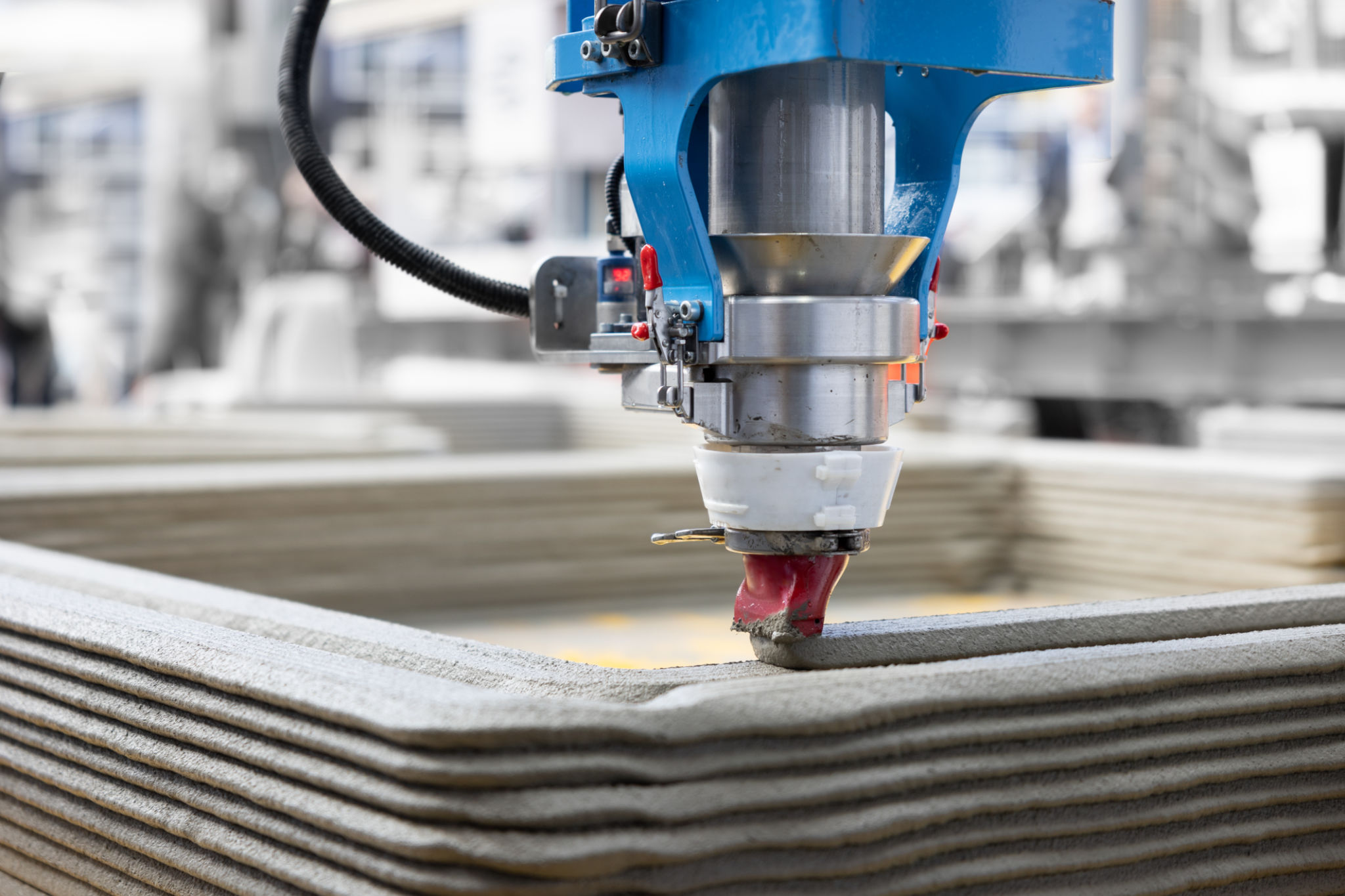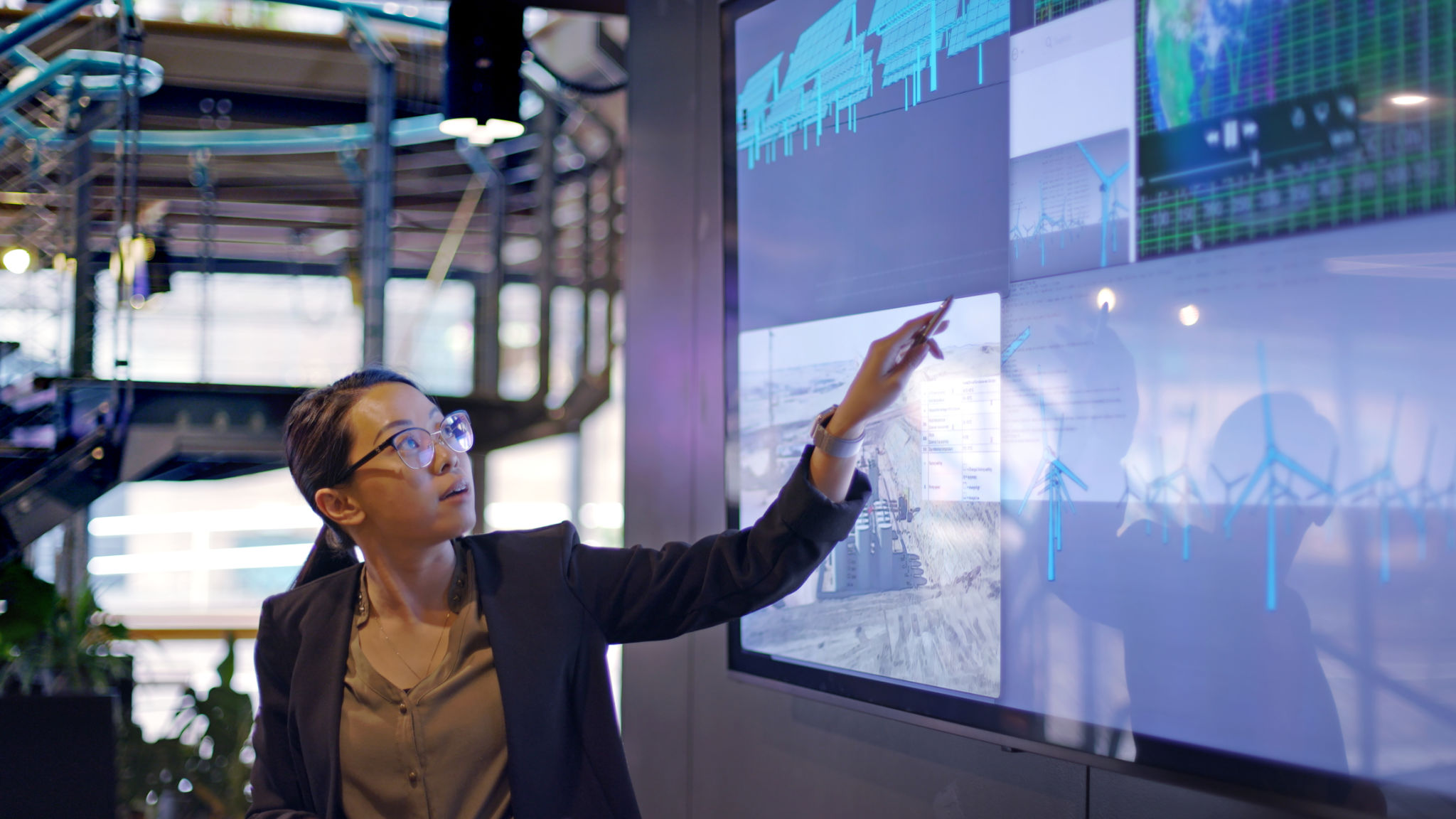Exploring the Latest Trends in 3D Printing Technology
The Rise of 3D Printing
The world of 3D printing has evolved dramatically over the past few years. As technology advances, it continues to break barriers and redefine what is possible in manufacturing, healthcare, and even culinary arts. The versatility and potential of 3D printing are becoming more apparent as innovators push the boundaries of its application.
Initially, 3D printing was primarily used for creating prototypes, but it has now grown into a full-fledged manufacturing solution. This transformation is driven by improvements in speed, materials, and techniques, making it an exciting field to watch.

Advances in Materials
One of the most significant shifts in 3D printing technology is the development of new materials. The use of diverse materials such as metals, ceramics, and biodegradable substances is opening new avenues for 3D printing applications. Each material offers unique properties that can be leveraged for specific industries.
For instance, in the medical field, biocompatible materials are being used to create implants and prosthetics. These materials not only enhance patient comfort but also improve the durability and functionality of medical devices.
From Plastics to Metals
While plastics have been a staple in 3D printing, the introduction of metal printing has been a game-changer. Metal 3D printing allows for the creation of complex components that are both lightweight and robust, making it ideal for aerospace and automotive industries.

Speed and Efficiency
The speed of 3D printing has also seen remarkable improvements. New technologies such as continuous liquid interface production (CLIP) and multi-jet fusion (MJF) have reduced printing times significantly, making it a more viable option for mass production.
This increase in speed does not compromise quality. In fact, these advancements enhance precision, enabling the production of intricate designs that were previously unattainable.
Impact on Supply Chain
The ability to produce items quickly and on-demand is revolutionizing supply chains. Companies can now reduce inventory costs by printing products as needed, thus minimizing waste and storage expenses. This shift is particularly beneficial in industries where customization is key.

Customization and Personalization
Customization has always been one of the standout features of 3D printing. The technology allows for the tailoring of products to meet individual preferences, which is highly appealing in consumer markets. This trend is evident in fashion, where bespoke items are crafted to fit personal tastes and sizes.
Beyond fashion, the automotive industry is also embracing customization through 3D printing. Car manufacturers can offer personalized parts and accessories, giving customers more control over their purchases.
Sustainability and Environmental Impact
As environmental concerns grow, 3D printing presents a sustainable alternative to traditional manufacturing methods. By using only the material necessary for each project, it reduces waste significantly. Additionally, the ability to recycle materials into new prints contributes to a circular economy.
Moreover, local production reduces the carbon footprint associated with transportation, supporting global efforts to combat climate change.

The Future of 3D Printing
The future of 3D printing is bright and filled with potential. As we continue to explore its capabilities, we can expect ongoing innovations that will further integrate this technology into everyday life. From healthcare breakthroughs to educational tools, 3D printing is set to become an integral part of various sectors.
As we look ahead, it's essential to stay informed about these developments to harness the full potential of this transformative technology.
